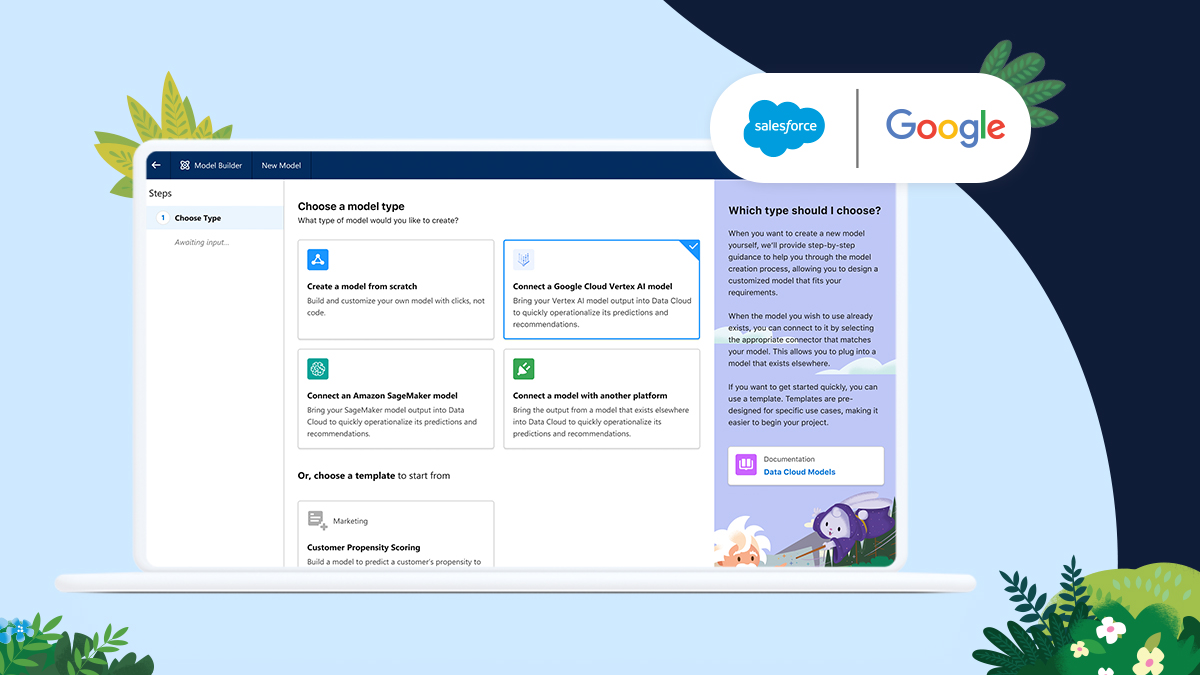In today’s interconnected world, where digital landscapes dominate our lives, the importance of cybersecurity cannot be overstated. As we revel in the convenience and efficiency of technology, we must also remain vigilant against the rising tide of cybersecurity threats that loom over us. This article delves into the multifaceted realm of cybersecurity threats, explores their potential consequences, and provides actionable insights to fortify your digital defenses.
Understanding Cybersecurity Threats
A cybersecurity threat refers to any potential or actual attempt to exploit vulnerabilities in digital systems, networks, or devices to compromise, disrupt, or gain unauthorized access. These threats encompass a wide range of malicious activities orchestrated by cybercriminals, hackers, or malicious entities with the intent of causing harm, stealing sensitive information, or disrupting normal operations within the digital realm. cybersecurity threats come in various forms, each wielding the potential to disrupt, compromise, and steal. These threats are not limited to a single vector; instead, they encompass an array of malicious activities orchestrated by cybercriminals.
Types Of Cybersecurity Threats
- Malware Mayhem: Malware, short for malicious software, encompasses viruses, worms, Trojans, and ransomware. These digital malefactors infiltrate systems, corrupt data, and extort hefty ransoms.
- Phishing Frenzy: Phishing attacks involve cunningly crafted emails or messages that deceive users into revealing sensitive information or clicking malicious links.
- DDoS Devastation: Distributed Denial of Service (DDoS) attacks flood networks, overwhelming them and rendering services inaccessible.
- Insider Threats: Not all threats come from external sources. Disgruntled employees or insiders with malicious intent can wreak havoc from within.
- Zero-Day Exploits: Cyber attackers exploit software vulnerabilities that vendors haven’t yet patched, causing chaos before fixes are implemented.
Similarities Between Types Of Cybersecurity Threats
here are some similarities between the different types of cybersecurity threats:
- Exploitation of Vulnerabilities: All types of cybersecurity threats exploit vulnerabilities in digital systems, networks, or software to gain unauthorized access, disrupt operations, or steal sensitive information.
- Deceptive Techniques: Whether it’s malware, phishing, or social engineering, all cybersecurity threats employ deceptive techniques to trick users into taking actions that compromise their security, such as clicking on malicious links or downloading infected files.
- Infiltration and Intrusion: Each type of threat involves some form of infiltration or intrusion into a target system. Malware infiltrates through software, phishing attacks target users’ email accounts, and social engineering exploits human psychology to gain unauthorized access.
- Risk to Confidentiality and Privacy: Regardless of the specific threat, the common goal is often to breach confidentiality and compromise user privacy. This can result in unauthorized access to personal, financial, or sensitive data.
- Financial Impact: Cybersecurity threats can lead to financial losses for individuals, businesses, and organizations. Ransomware demands payments to restore access to encrypted data, while phishing attacks can lead to financial fraud and identity theft.
- Disruption of Services: Many threats, such as Distributed Denial of Service (DDoS) attacks, aim to disrupt online services by overwhelming networks, making them unavailable to users.
- Human Element: While technology is often the target, the human element plays a critical role in all cybersecurity threats. Users’ actions, such as clicking on links or disclosing sensitive information, are often exploited.
- Constant Evolution: All types of cybersecurity threats are constantly evolving. Hackers and cybercriminals adapt their tactics and techniques to bypass security measures and stay ahead of defenses.
Mitigation Strategies: Similar strategies can be employed to mitigate different types of threats. For instance, strong password practices, regular software updates, and user education are effective defenses against various threat vectors. - Global Impact: Cybersecurity threats are not confined by geographical boundaries. They can impact individuals, businesses, and governments worldwide, emphasizing the need for international cooperation and collaboration in addressing these threats.
The specific methods and goals of different cybersecurity threats vary, they share common characteristics that revolve around exploiting vulnerabilities, deceiving users, and compromising the security and privacy of digital systems and data.
Common Cyberattack Vectors
- Email Entrapment: Cybercriminals manipulate human psychology, enticing recipients to click on seemingly harmless links or download infected attachments.
- Unpatched Software: Outdated software becomes an easy prey for cyber assailants, who exploit known vulnerabilities.
- Weak Passwords: A cornerstone of cybersecurity, weak passwords serve as an open invitation to hackers, who can effortlessly infiltrate systems.
- Drive-by Downloads: Malicious code is injected into legitimate websites, infecting visitors who unknowingly download malware.
- Social Engineering: This psychological manipulation tricks individuals into divulging confidential information or granting unauthorized access.
Impact Of Cybersecurity Threats
The repercussions of falling victim to cybersecurity threats are far-reaching, extending beyond the digital realm into the tangible world.
- Financial Losses and Data Breaches: Cyberattacks can lead to substantial financial losses for businesses and individuals alike. Data breaches compromise sensitive information, resulting in identity theft, financial fraud, and irreversible damage to personal and corporate finances.
- Reputational Damage: The fallout from a cybersecurity breach often includes reputational harm. Companies that fail to safeguard customer data may face a loss of trust and credibility, impacting customer loyalty and brand value.
Notorious Cybersecurity Threat Actors
- Hacktivists and Cybercriminals: Hacktivists pursue political or social motives, aiming to disrupt systems or expose vulnerabilities. On the other hand, cybercriminals are driven by financial gain, orchestrating attacks for personal profit.
- State-sponsored Entities: State-sponsored cyber attacks are often politically motivated and can target critical infrastructure, governmental systems, or international organizations.
Emerging Trends In Cyber Attacks
- Ransomware as a Service (RaaS): Ransomware is evolving, with cybercriminals now selling their ransomware services to other malicious actors, leading to an alarming proliferation of attacks.
- Internet of Things (IoT) Vulnerabilities: The IoT’s rapid expansion brings convenience and risk. Inadequately secured smart devices can serve as gateways for cyber intrusions.
Protecting Yourself From Cybersecurity Threats
Arming yourself against cyber threats demands a proactive approach and a combination of strategies.
- Strong Password Practices: Craft intricate passwords and employ password managers to ensure a robust first line of defense against attackers.
- Regular Software Updates and Patch Management: Frequent software updates mitigate vulnerabilities, closing off potential entry points for cybercriminals.
- Two-Factor Authentication (2FA): Implement 2FA whenever possible. This extra layer of security impedes unauthorized access even if passwords are compromised.
- Employee Training and Awareness: Educate employees about cybersecurity best practices, turning them into vigilant guardians against potential threats.
The Role Of AI And Machine Learning In Cybersecurity
- Anomaly Detection and Intrusion Prevention: AI-powered systems identify abnormal patterns and behaviors, swiftly neutralizing potential threats.
- Automated Threat Response: AI streamlines incident response by analyzing and addressing threats in real time, reducing human intervention.
Collaborative Efforts In Cybersecurity
To combat the ever-evolving landscape of cyber threats, collaborative endeavors are crucial.
- Public-Private Partnerships: Government bodies, private sector entities, and individuals must join forces to share intelligence and pool resources.
- International Cooperation: Cybersecurity is a global concern, demanding international cooperation to deter and respond to cross-border threats effectively.
Legal And Ethical Dimensions Of Cybersecurity
Navigating the legal and ethical terrain of cybersecurity is imperative to ensure responsible and compliant practices.
- Cybersecurity Regulations and Compliance: Adhering to cybersecurity regulations helps establish a baseline of security measures and promotes accountability.
- Ethical Hacking and Bug Bounties: Ethical hackers play a vital role in identifying vulnerabilities, promoting a proactive security approach.
Important Of Regular Update For Cybersecurity
Regular updates are a cornerstone of effective cybersecurity practices, playing a pivotal role in safeguarding digital systems and data. Here’s why regular updates are so important:
- Patch Vulnerabilities: Software vulnerabilities are like open doors for cybercriminals. Regular updates, also known as patches, address these vulnerabilities, closing potential entry points that hackers could exploit to gain unauthorized access.
- Prevent Exploits: Hackers are constantly searching for vulnerabilities to exploit. Regular updates ensure that known vulnerabilities are fixed before cybercriminals can use them to launch attacks.
- Stay Ahead of Threats: Cybersecurity threats evolve rapidly. Regular updates help your software stay current and resilient against the latest hacking techniques and malware strains.
- Protect Personal Information: Many cyberattacks aim to steal sensitive personal information. Regularly updating software prevents attackers from accessing your data and helps keep your privacy intact.
- Defend Against Ransomware: Ransomware attacks can encrypt your files, holding them hostage until you pay a ransom. Updates can patch security holes that ransomware might use to infiltrate your system.
- Enhance Performance: Updates often include performance improvements and bug fixes, ensuring your software runs smoothly and efficiently, reducing potential vulnerabilities caused by glitches.
- Compliance and Regulations: Certain industries and sectors have specific cybersecurity regulations. Regular updates help you comply with these regulations, avoiding potential penalties or legal issues.
- Preserve System Integrity: Outdated software can lead to system instability, crashes, and unexpected behavior. Regular updates help maintain the integrity and reliability of your digital systems.
- Secure IoT Devices: Internet of Things (IoT) devices, such as smart home appliances, can be vulnerable if not updated. Regular updates keep these devices secure and protect your home network.
- Multi-Layered Defense: Cybersecurity is about layers of protection. Regular updates complement other security measures, such as antivirus software and firewalls, creating a more robust defense.
- Minimize Attack Surface: Outdated software creates a larger attack surface for cybercriminals. Regular updates shrink this surface by eliminating known vulnerabilities.
- Preserve Reputation: Falling victim to a cyberattack can damage your reputation, especially if customer data is compromised. Regular updates demonstrate your commitment to security and customer trust.
In a digital landscape fraught with ever-evolving threats, regular updates are a proactive defense mechanism. They serve as a crucial shield against cybercriminals, ensuring your digital environment remains resilient, secure, and capable of withstanding emerging cybersecurity challenges.
Conclusion
As technology advances, so do the tactics of cyber adversaries. Safeguarding your digital realm requires a multifaceted approach, spanning technological, human, and collaborative fronts. By understanding the diverse array of cybersecurity threats and implementing proactive measures, you can navigate the digital landscape with confidence and resilience.






